September 29th marks the birthday of Miguel de Cervantes Saavedra in 1547. Author of Don Quixote, Cervantes is often credited as being the first novelist in the western literary tradition, the novel being considered as a separate literary genre from chivalric romances that Don Quixote satirizes.
The Cervantes holdings in the Rare Books and Manuscripts Library are among the richest of our collections, beginning with the 1605 first edition and other editions of Don Quixote through the ages up to Edith Grossman’s 21st century translation in commemoration of the 400th anniversary of that monumental work. I append John M. Bennett’s introduction to the Cervantes finding aid, which can be fully accessed at http://library.osu.edu/finding-aids/rarebooks/cervantes.php:
 The Talfourd P. Linn Cervantes Collection is a significant gathering of Cervantes Materials, especially strong in the areas of early editions of Don Quixote in Spanish, fine and illustrated editions, translations into English and French, and translations into numerous other languages. It also includes other valuable materials, such as early and important editions of Cervantes’ other works, including Las Novelas Ejemplares and Los Trabajos de Persiles y Sigismunda, adaptations, criticism, illustrations, and works by other authors inspired by Cervantes. As of the end of 2001, the collection consisted of more than 425 titles.
The Talfourd P. Linn Cervantes Collection is a significant gathering of Cervantes Materials, especially strong in the areas of early editions of Don Quixote in Spanish, fine and illustrated editions, translations into English and French, and translations into numerous other languages. It also includes other valuable materials, such as early and important editions of Cervantes’ other works, including Las Novelas Ejemplares and Los Trabajos de Persiles y Sigismunda, adaptations, criticism, illustrations, and works by other authors inspired by Cervantes. As of the end of 2001, the collection consisted of more than 425 titles.
The core of the collection is a 1965 gift from the family of Talfourd P. Linn, a noted attorney from Zanesville and Columbus, who collected Cervantes materials throughout his life. His collection consisted of 114 titles, and includes some of the most important pieces in the collection, such as the 1605 first edition of Don Quixote, and the 1614 first edition of Alonso Fernández de Avellaneda’s “falso Quijote.”
Shortly afterwards, the library acquired the Cervantes collection of Oscar B. Cintas, a Cuban industrialist and ambassador to the United States. This consisted of some 171 titles, and enormously enriched the collection as a whole.
The collection has also grown due to the efforts of the librarians and staff of the Rare Books and Manuscripts Library, who have acquired numerous titles over the years and continue to do so. Today the Talfourd P. Linn Cervantes Collection must be regarded as one of the best in its field, and as a major resource for research not only into Cervantes, but into the fields of book publishing, bindings, translations, and the illustrated book.
In this guide, entries are arranged chronologically by publication date, except in the Adaptations and Other Literary Works, and Illustrations sections.
Further bibliographic details on the titles in the original Linn gift may be found in A Catalogue of the Talfourd P. Linn Collection of Cervantes Materials, 1963, Z8158 L5.
John M. Bennett, PhD
November 2001


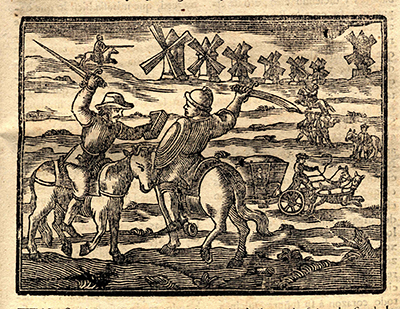


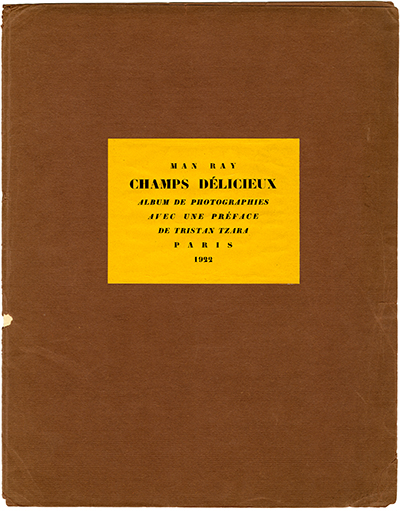




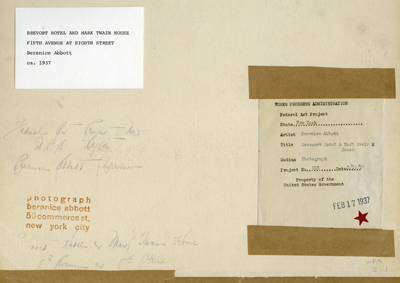




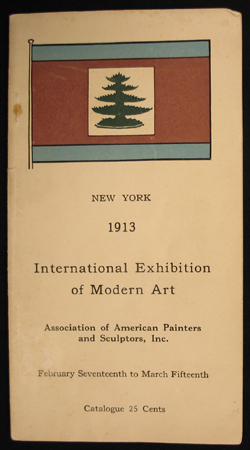
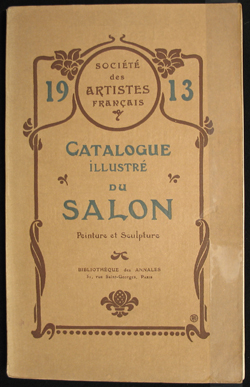
Recent Comments